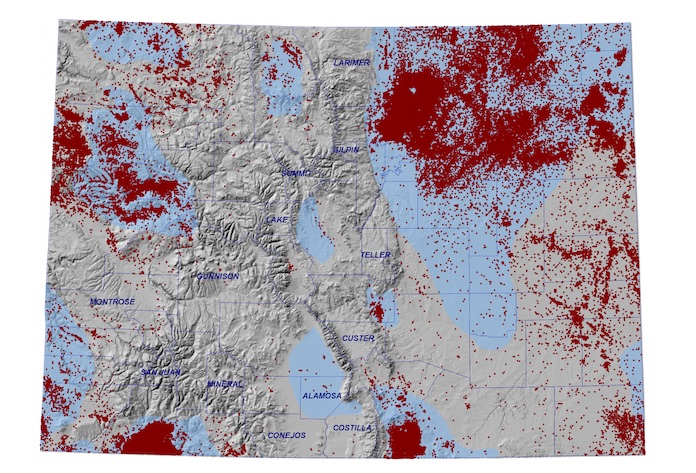At least, 428 Colorado oil and gas pipelines located near residential areas are leaking, according to a new report by the Colorado Oil and Gas Conservation Committee (COGCC). Colorado Gov. John Hickenlooper ordered a statewide review of pipelines within 1,000 feet of occupied buildings after authorities determined that the source of a fatal house explosion in Firestone, CO was a gas leak from a nearby pipeline. The April 17 explosion seriously injured Erin Martinez and killed her husband Mark Martinez and brother, Joesph Irwin.

The COGCC identified and inspected 120,815 flow line segments within 1,000 feet of occupied structures. Of those, 107,297 “passed an integrity (pressure) test or were abandoned,” 428 were leaking and further data is needed on 13,090 of them. “While it is possible these lines were not tested, it is also possible the data submitted was simply incomplete or in error, or that the flowline segment was previously capped, shut-in, abandoned, or was not within the scope of the NTO,” the COGCC report stated.
It’s possible that some of the 13,090 that need more data may be leaking. An investigation of the Firestone explosion revealed that an abandoned flow line had not been disconnected and capped properly. Gas was still flowing through the line which terminated six feet from the foundation of the Martinez home.
Erin Martinez spent weeks in the hospital recovering from burns and other injuries she sustained in the explosion. She was pinned beneath some rubble as a raging fire engulfed the home after the explosion. Her husband and brother were killed instantly.
The results of the statewide review show this is not an isolated incident and will be part of upcoming discussions that the state is conducting to improve the design, testing and termination of flow lines. Field inspectors are continuing inspections throughout the state, the COGCC said.